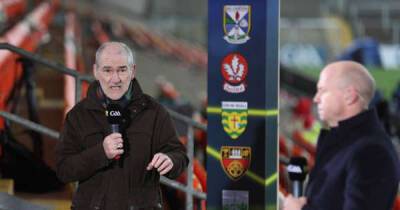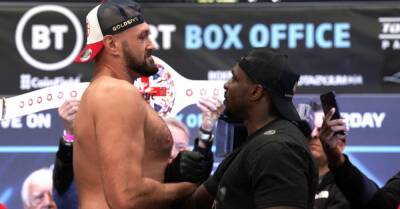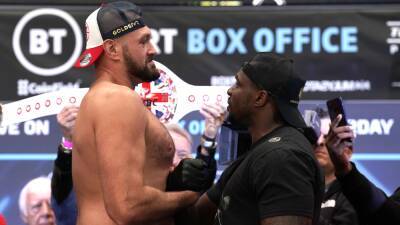Intent can no longer be a defence against red cards
In a weekend where European rugby had changed it's format, we should be talking about how the aggregate score across two legs has had an impact on the knockout stages of the Heineken Cup.
Instead, we are left to debate a number of red cards and whether they were warranted or not.
When I say 'debate', I think 80% of rugby followers are on the same page when it comes to dangerous play, the protection of players and protection of the game going forward.
However, there are still those who believe that players should be allowed to crash into each other, at reckless speeds and with zero regard for themselves or others. This is a dangerous opinion and it treats the players as a commodity rather than a person first.
Blinkered by club colours, these debates change reasoning and logic depending on who is involved and their level of intent in the collision or foul play. However, red cards can’t be subjective. To save the game from dangerous collisions at high speeds, you need to be much more objective when discussing these matters.
If you bring intent into the argument, then the vast majority of red cards that we see nowadays wouldn’t be red cards at all.
Jamison Gibson-Park could easily have been shown a red card on Friday night for his tackle on Kieran Mamion but was saved by a refereeing decision.
Nobody in the world is looking at that collision thinking that Gibson-Park was waiting to put his shoulder into the head of an opposition player. Yet, the facts are that he was the second line of defence, waiting to add his weight if the first effort was missed. Marmion’s legs were wrapped up in the first tackle, but the second hit came before Marmion’s height had changed.
There was absolutely no malice in Gibson-Park's actions and it would






